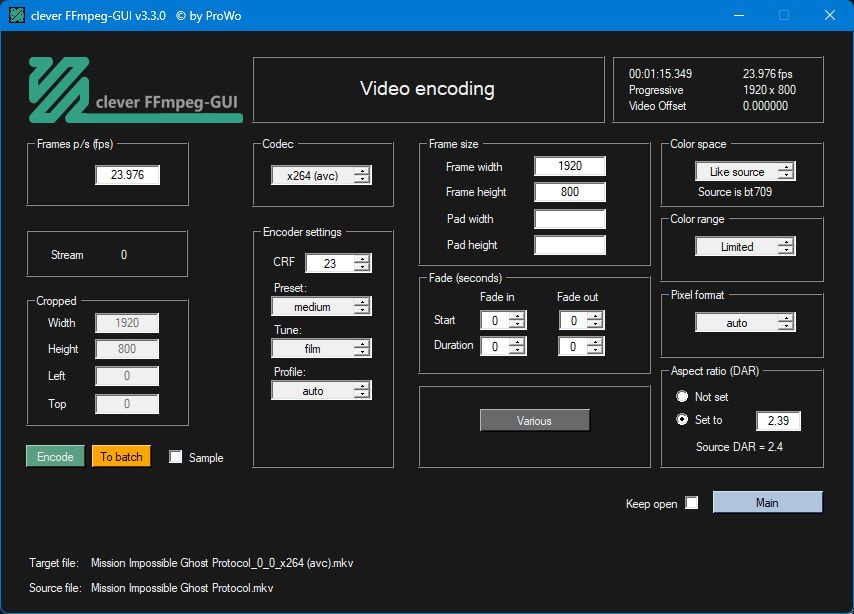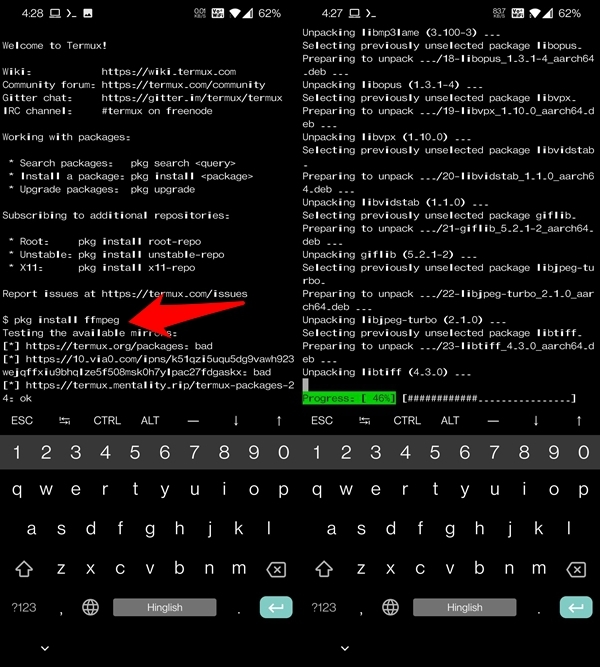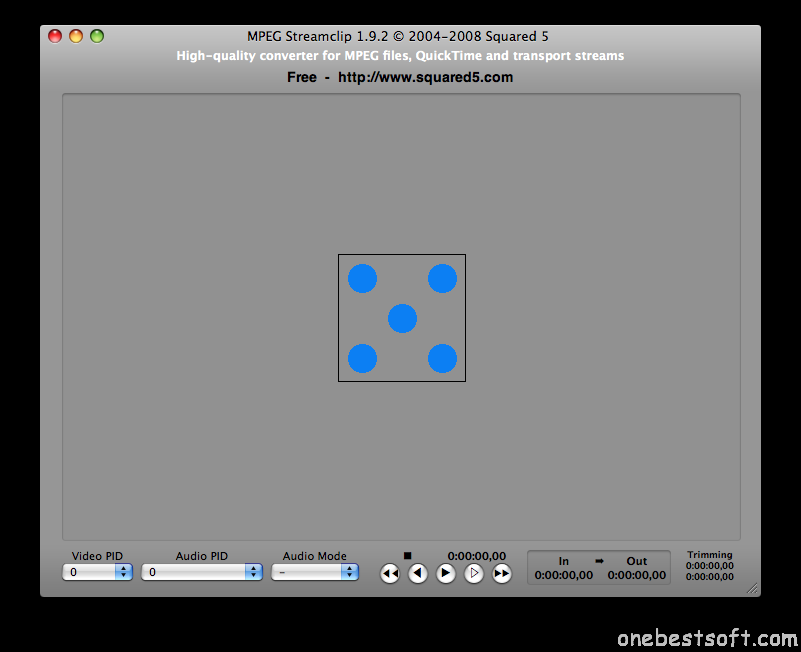

The cut video will be from 00:05:10 to 00:15:30, resulting in a 10 minutes and 20 seconds video. The above command uses -to to specify an exact time to cut to from the starting position. Cut using a specific time $ ffmpeg -i input.mp4 -ss 00:05:10 -to 00:15:30 -c:v copy -c:a copy output2.mp4 If you specify a duration that will result in a stop time that is beyond the length of the input video, the output video will end where the input video ends. If using the former, you can leave out the milliseconds HOURS:MM:SS as we did in our example. To specify time, you can use two different time unit formats: sexagesimal ( HOURS:MM:SS.MILLISECONDS, e.g. The -c:v copy -c:a copy commands copy the original audio and video without re-encoding. In the above command, we cut 10 minutes from the 00:05:20 mark. ss specifies the starting position and -t specifies the duration from the start position. The above command will take the input video input.mp4, and cut out 10 minutes from it starting from 00:05:20 (5 minutes and 20 second mark), i.e. Cut using a duration $ ffmpeg -i input.mp4 -ss 00:05:20 -t 00:10:00 -c:v copy -c:a copy output1.mp4 ss can be used in different ways, depending on how you want to cut the video. To cut a specific part of a video, you use the seeking option -ss to get to a specific part that you want to cut.

We'll take a look at how to use the seeking parameter -ss, but you can also use other commands such as the trim filter.

Cut/trim a video with FFmpegįFmpeg offers different commands that you can use to split up a video.

We'll finish off by looking at how you can achieve the same results using Shotstack - a cloud-based video editing API. We'll look at some FFmpeg commands that you can use to trim a video into different parts and then see how you can take different videos and concatenate them into a single video. We'll see how to do exactly that using FFmpeg - a command-line utility that can be used to create, edit and process different types of media. When editing a video, you might want to cut out some parts or you might want to stitch together different videos by cutting sections from different sources and concatenating them into a single video. A common feature of video editing applications is the ability to cut/trim videos.


 0 kommentar(er)
0 kommentar(er)
